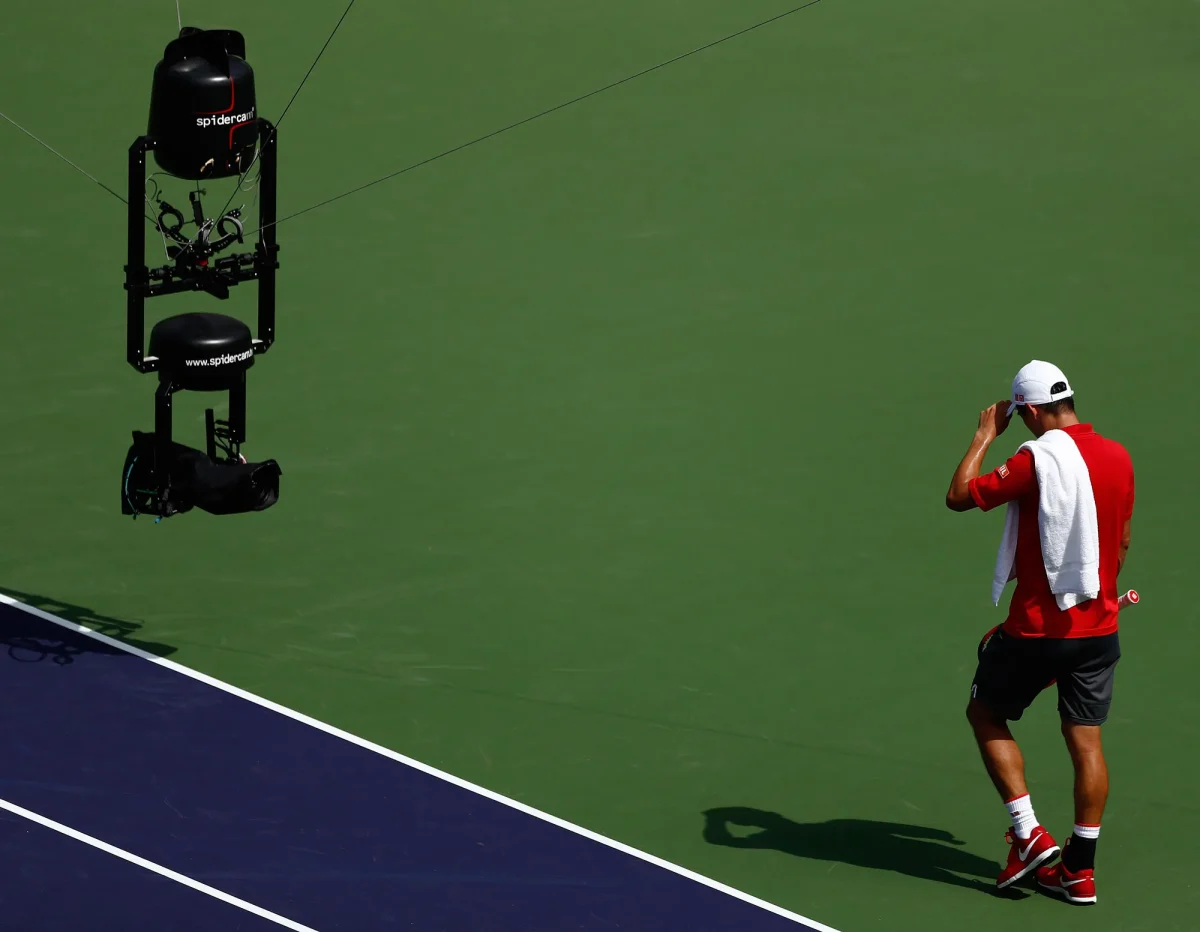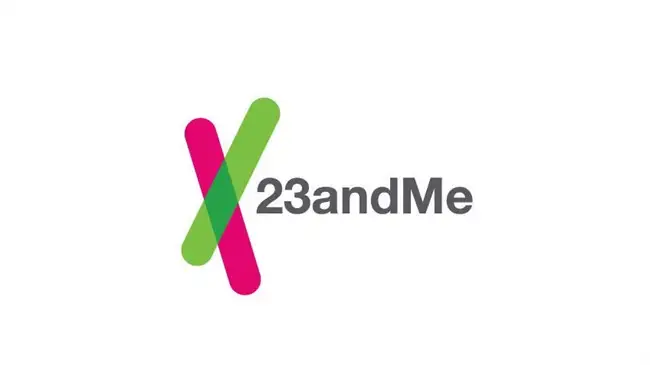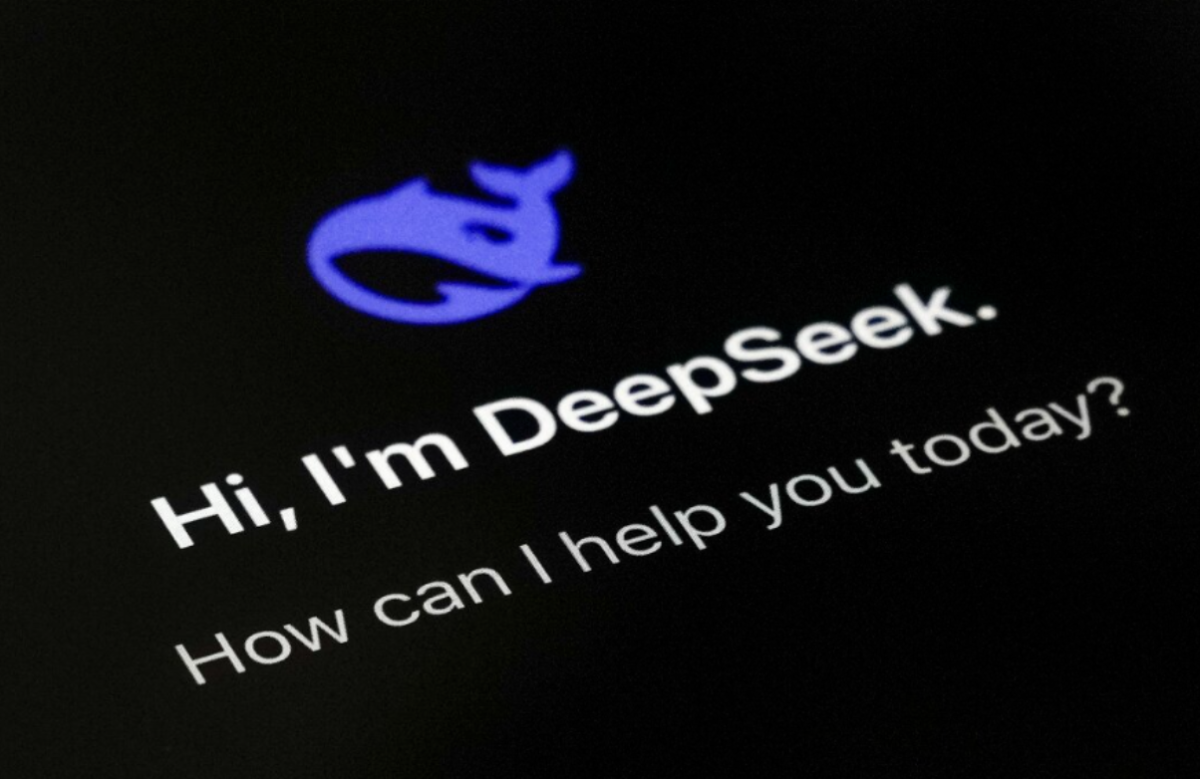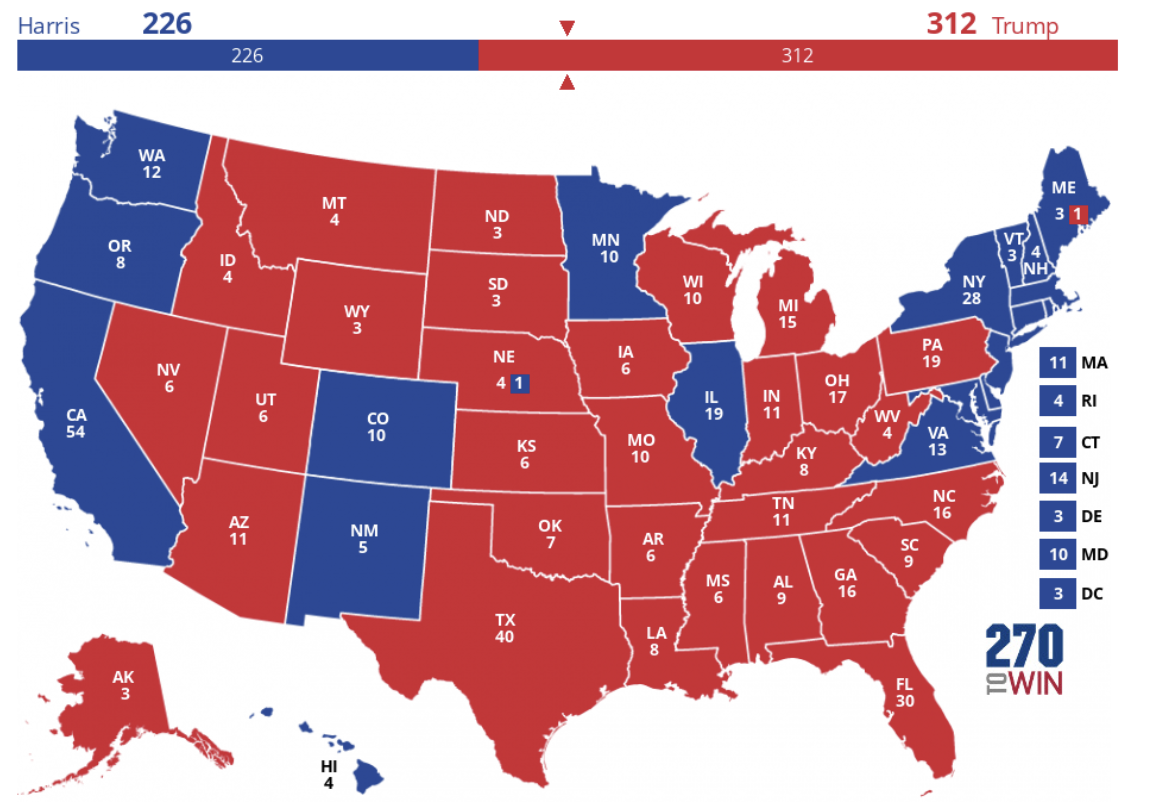Junior Fuller Adams remembers the moment he knew others’ opinions about umpires changed.
“Earlier this year, [the umpire] was Angel Hernandez, and [there were] three straight balls that were in the other batter’s box that he called strikes… it affected how people think of umpires in general,” he said. Although Adams believes that the human element of umpiring in baseball is integral to the game, he wants something new to cover for human error in America’s favorite pastime.
Luckily for him, and for fans of sports in general, help is on the way. Across the sports world, innovative devices tracking different game elements, including balls and strikes in baseball and offsides calls in soccer, threaten to make referees obsolete.
“[These algorithms are] just a system of cameras that are looking at [the field] from different angles, which is how it can tell what pitch was thrown,” said computer science teacher and Atlanta Braves fan Bobby Bryant, referring to the PITCHf/x system that tracks pitch types, which was introduced to MLB during the 2006 postseason and is now installed in every stadium. Starting on June 25 of this year, another new technology called the ABS (Automated Balls-Strikes) system was fully integrated into AAA baseball. If a team does not agree with an umpire’s call, they can challenge up to three times per game, during which the ABS system is tasked with determining the status of the pitch.
“[The system] is going to do a better job accurately [determining balls from strikes] in a more time-efficient manner,” said Bryant.
However, some say the increased reliance on technology in baseball is diminishing the human aspect of the game. Many MLB players, including Philadelphia Phillies first baseman and right fielder Bryce Harper and San Francisco Giants pitcher Logan Webb, oppose the new technology.
Like a vocal minority of the players, many fans oppose a complete switch to computers for umpiring duties. “I think it is kind of fun to hate on referees; I don’t think we should get rid of them [because] I think [they are] a very good thing to have,” said Adams. “In baseball, you’re not going to have something to talk about after the game if there are no blown calls.”
To some fans and players of the game, the quality of the umpires is a fruitful and enjoyable discussion topic to spend time debating, and the controversy that comes with a missed call can at times bring much-needed engagement to the game.
This is not the only qualm ABS technology’s detractors have with the system. Bryant also has reservations about what happens when the technology malfunctions.
“But [a] pitch [could go] wrong and [hit] a camera… then you have to take that into consideration,” he said. “[Is there] a backup system that’s going to get installed? Does the game suspend and they pick it up later after they repair it? Do they have a human umpire on hand to pick it up?”
Despite the negative feedback, many people welcome the new technology. According to an MLB.com survey, 72 percent of players and staff preferred at least some exposure to the ABS system.
“I know from some cursory reading that human umpires are, at best, about 85 percent to 88 percent accurate on balls and strikes,” said AP Statistics teacher and football coach Neema Salimi. “Obviously, it’s a really hard job. They’re the best-trained people in the world, but can fall short, especially given how well…the fans can see things on TV.”
Salimi explained that umpires often harbor an “unconscious bias” against making calls that drastically alter the game’s trajectory. On a 3-0 count, for example, an umpire might call a close pitch a strike more often in order to avoid the decisive base-on-balls that might actually have been the right call.
Baseball is not the only sport where change is imminent. The Premier League has spent the past year testing semiautomated offsides technology (SAOT), which will be implemented in the 2024-2025 season. The change comes as the English soccer league parts ways with Hawk-Eye, the computer vision company that has become a household name in sports like cricket, tennis, and volleyball.
“I think [the SAOT technology] is good because in the past there have been times where it has taken officials five minutes to make a call,” said junior Anderson Lee. Luckily for him, the Premier League estimates that the SAOT technology will save more than 30 seconds of time over the previous system.
In American football, Salimi sees a major potential benefit to this technology.
“What came out recently is that some football statistics have been in some ways hamstrung by the fact that down and distance has always been recorded as an integer… when referees spot the ball, they spot it on a yard marker,” said Salimi. “What that leads to is that sometimes it’s fourth and a half or fourth and one and a half, but in the statistics it gets coded as a 1 or a 2, but all fourth and 1s are not equivalent.”
Computer vision algorithms, while opposed by those who appreciate the variability that comes with the human error aspect of the game, have the potential to speed up games, make calls more accurately, and provide numerous opportunities for more accurate and insightful statistics.
“The introduction of AI is definitely a major turning point in sports,” said Lee. “Regardless of whether you like it or not, it’s coming.”
Edited by Samanyu Ganesh





